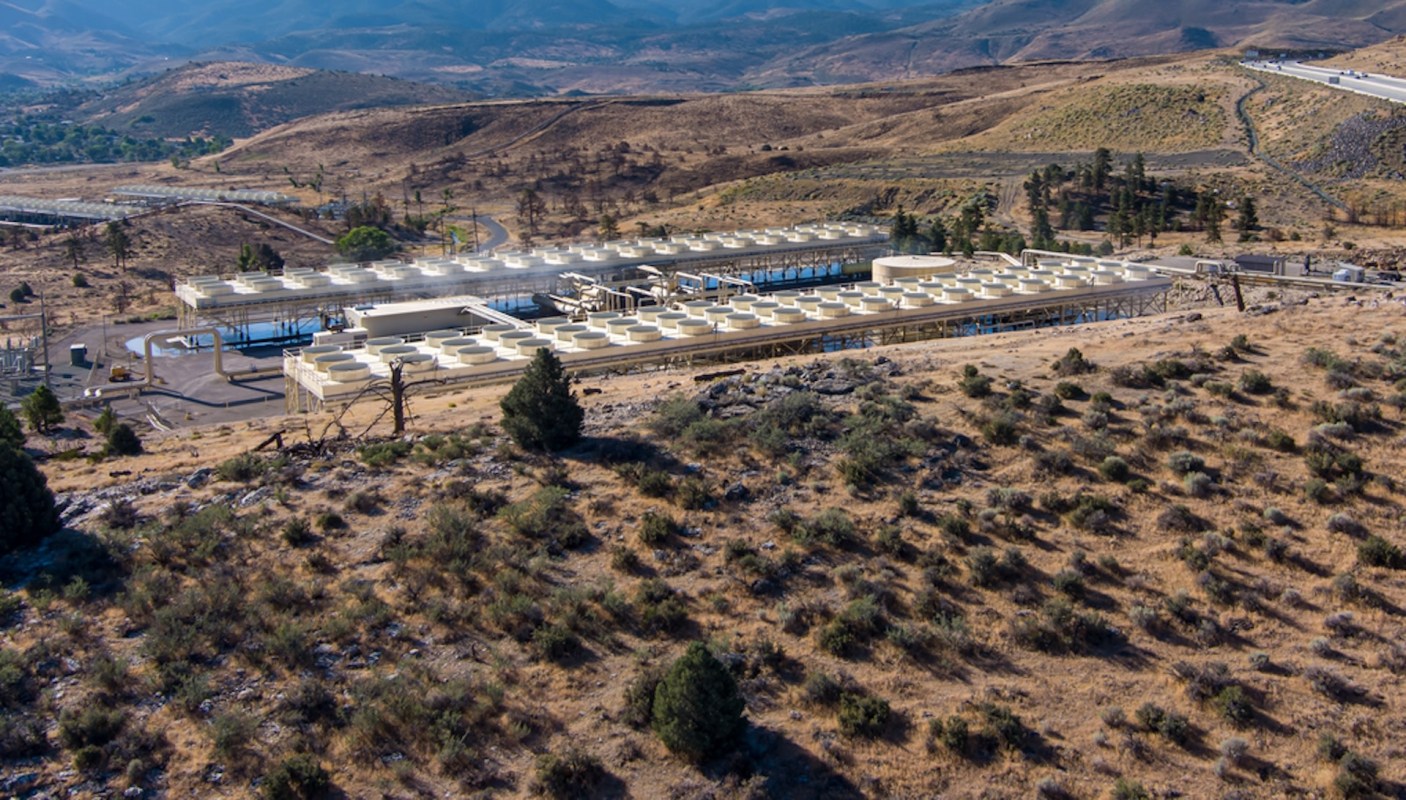Wind and solar power are thankfully becoming an increasingly large part of the United States' energy mix.
These renewable sources of power are far less damaging than dirty fuels like coal and natural gas, which release planet-warming pollution into the atmosphere that reduces air quality and increases the risk of extreme weather conditions.
Households across the country are starting to take notice, and with that knowledge comes a higher demand for clean domestic electricity. The grid needs to keep up with consumption, but wind and solar depend on weather conditions for peak production, while solar doesn't produce power when the sun goes down.
That's why geothermal is seen as a solution that could generate renewable power all day, every day, helping to support the grid when wind and solar supply is low or consumer demand is high.
The United States is aiming to increase geothermal capacity by 20 times in the next three decades. The Department of Energy has suggested it could provide as much as 10% of the country's energy needs, as the Guardian noted, with the outlet describing it as a "limitless supply of heat."
Harnessing geothermal energy is nothing new; it's just that some locations are better suited than others to make use of it. Iceland, for example, uses geothermal energy as its main electricity source. But that's because geothermal energy can be accessed closer to the Earth's surface, reducing the need for deep drilling.
However, it's hoped drilling will be the solution for the United States' geothermal production, allowing activity to commence anywhere in the country. The U.S. government announced $74 million in funding for seven geothermal projects in February, suggesting it is betting big on this energy source to be a huge player in the electricity network.
While this investment is welcome as we try to combat rising temperatures, the Department of Energy expects around $250 billion will be needed to bring the required number of projects nationwide, per the Guardian.
At the moment, geothermal only comprises 1% of the United States' electricity supply, but geothermal laboratory program manager at the National Renewable Energy Laboratory Amanda Kolker has high hopes for its future.
"As we penetrate the grid with renewables that are not available all the time, we need to find a base load, which is currently taken up by gas," she told the Guardian. "There aren't really many options for zero-emissions base load power, which is why geothermal is entering the picture."
U.S. energy secretary Jennifer Granholm told the publication: "The US can lead the clean-energy future with continued innovation on next-generation technologies, from harnessing the power of the sun to the heat beneath our feet, and cracking the code to deploy them at scale. [Geothermal energy has] enormous potential."
Join our free newsletter for cool news and actionable info that makes it easy to help yourself while helping the planet.









